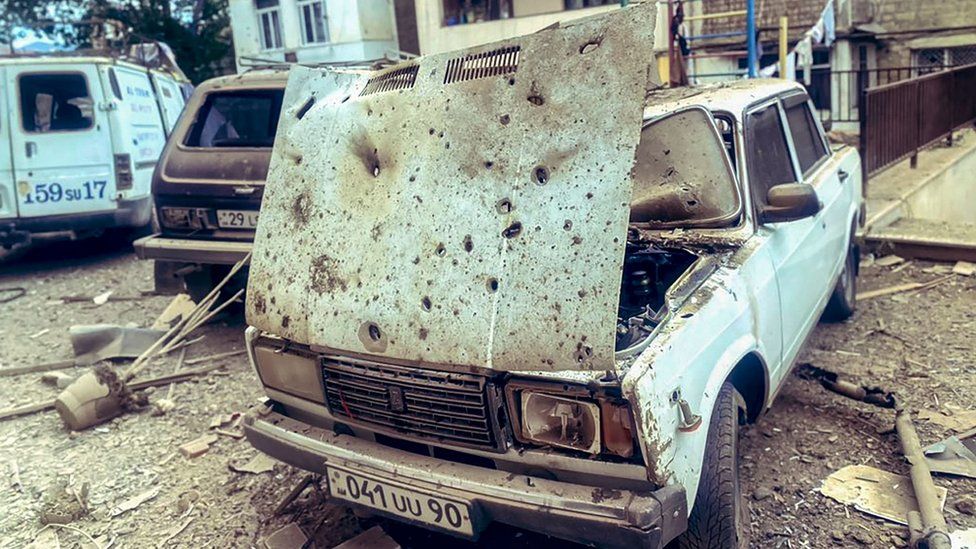-

-
-
Loading

Loading

Azerbaijan has announced that it has launched a military operation in the breakaway region of Nagorno-Karabakh. Although internationally recognized as part of Azerbaijan, large parts of Nagorno-Karabakh have been under the control of ethnic Armenians for the past 30 years. This region has been at the center of one of the longest-running conflicts in the world. Azerbaijan and Armenia fought a brutal war over Nagorno-Karabakh in the late 1980s and early 1990s, which has resulted in further violence over the years. The most recent major escalation occurred in 2020, causing thousands of deaths in six weeks of intense fighting. Eventually, a ceasefire and the deployment of Russian peacekeepers helped bring an end to the violence, but tensions have been building up for months leading up to the latest military operation. The fears of renewed violence began when Azerbaijan imposed a blockade on a vital route into Nagorno-Karabakh in December 2022, causing severe shortages of food and medicine for the residents in the region. Azerbaijan accused Armenia of using this road to transport military supplies, which Armenia denied. Observers reported an increase in Azerbaijani troops during the blockade, though this was denied by Baku. In mid-September, a small number of aid trucks operated by the International Committee of the Red Cross were allowed into Nagorno-Karabakh via the Lachin Corridor and the Aghdam Road from Azerbaijan. However, the opening of these transport links relied heavily on the presence of Russian peacekeepers, whose attention and military resources have been diverted due to the Russian invasion of Ukraine. The situation in Nagorno-Karabakh is a result of historical conflicts between Armenia and Azerbaijan, two countries that were both part of the Soviet Union in the 1920s. Nagorno-Karabakh had a majority ethnic-Armenian population but was controlled by Azerbaijan. When the Soviet Union began collapsing in the late 1980s, Nagorno-Karabakh's regional parliament voted to become part of Armenia. Azerbaijan, however, sought to suppress the separatist movement, leading to ethnic clashes and a full-scale war after both countries declared independence from Moscow. The first Nagorno-Karabakh war ended in 1994 with a Russian-brokered ceasefire that left Nagorno-Karabakh as part of Azerbaijan but under the governance of a self-declared separatist republic supported by Armenia. Since then, the region has experienced periods of relative calm interrupted by bouts of fighting. The largest military confrontation occurred in 2020, during which Azerbaijan regained control of surrounding territories but not Nagorno-Karabakh itself. This conflict has drawn the involvement of regional powers, with Turkey supporting Azerbaijan, and Armenia having historically close ties with Russia. However, relations between Armenia and Russia have deteriorated since Prime Minister Nikol Pashinyan came to power, criticizing Armenia's reliance on Russia for security. Recent joint military exercises between Armenia and the US have strained relations further. It is challenging for independent observers to access the region, making it unclear how extensive the current military operations are and how long they will last. What is clear is that there remains a stark contrast between Azerbaijan and Armenia regarding their claims over Nagorno-Karabakh. Azerbaijan's President Ilham Aliyev has repeatedly threatened to retake the entire territory by force if necessary, while Prime Minister Pashinyan has affirmed that "Artsakh is Armenia, full stop," using the Armenian name for Nagorno-Karabakh.